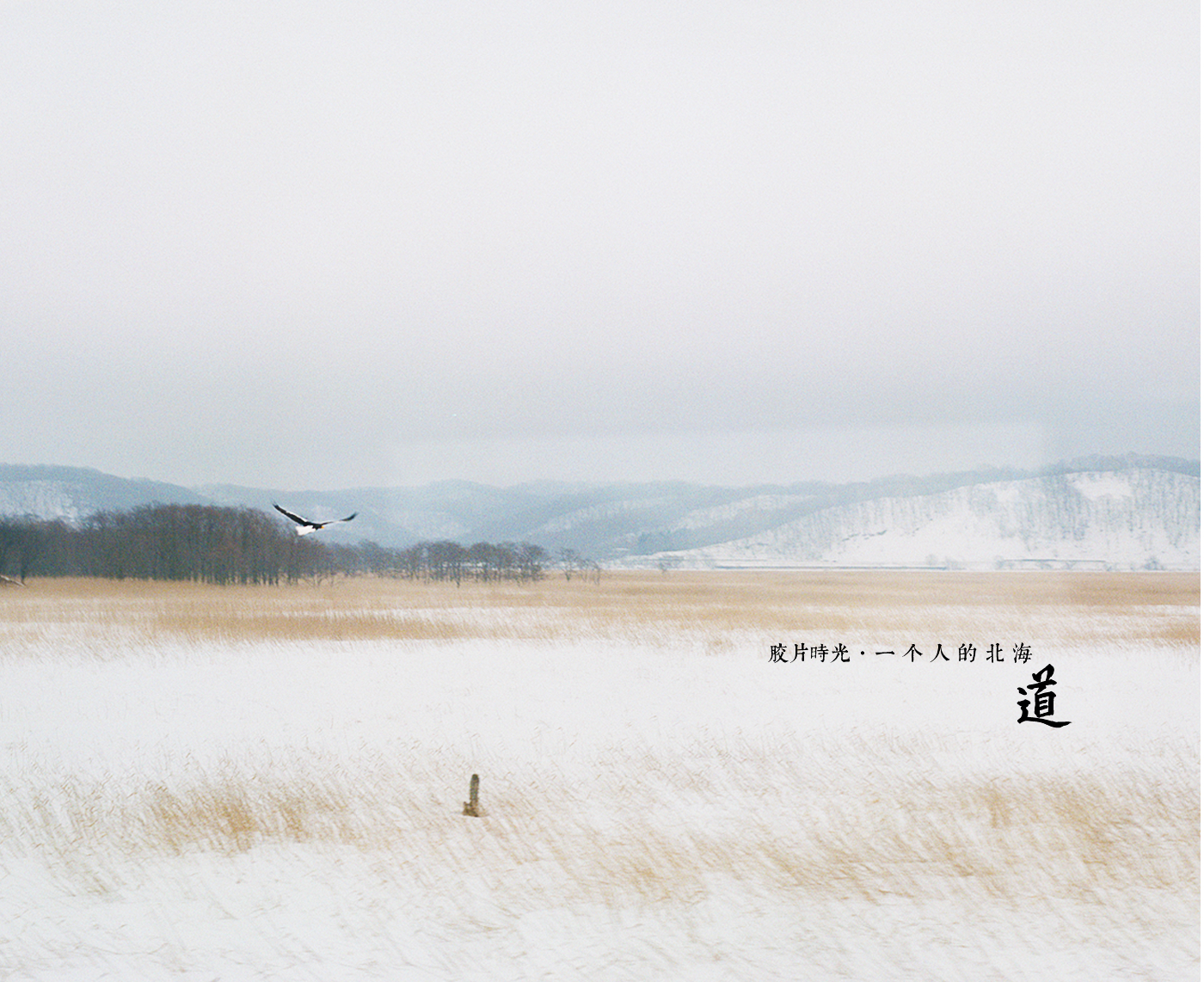akan international crane centre
4A地址: 暂无
开放时间: 暂无

景点印象
原本要出发去东根室,因暴风雪的关系,火车只行驶至厚岸,只好另定行程来看丹顶鹤。公车班次不多,回程至钏路是搭末班车。天气真的非常冷,能够看到丹顶鹤及喂食秀场次,真的不虚此行。
接近濒临灭绝的野生鹤栖居之地,我爱阿寒国际丹顶鹤中心。本来我们可以在日本鹤中心和钏路沼泽地中心以及此地之间选择,最终因这里的观察中心可让人近距离接触野生鹤而胜出。此次观光不虚一行,这里的野生鹤体态优雅,极具光泽的黑白羽毛灿烂夺目,红红的鹤冠更是平添了几分风采。看到了两只定居在中心的日本鹤,还有一大群外来的野生鹤,一共十五只,看着它们飞来飞去轻盈的感觉真是羡煞旁人啊。更好玩的是,还看见两只鹤之间互相拍着翅膀打闹逗趣呢。这里有三件值得我大书特书的事儿:1.开阔的环境,下雪时显得尤为漂亮;2.颇具知识普及性的中心,完整地呈现了此地自1970年以来的发展史,从那时起快灭种的野生鹤在此地停留筑巢,中心的建筑本身是一个很大的开放式的环境,看起来现代而舒服;3.步行到观察中心要走几分钟,是一栋小小的建筑,可以俯瞰到一大片的农田,那里就是野生鹤聚集和玩耍的地方。总体而言,这是一家设计颇具匠心的中心,充分考虑了美丽的野生鹤的生活习性,让人类也有机会与它们共处一片蓝天下。观察中心有好几个双筒望远镜,可免费使用,这样一来,那些漂亮优雅的野生鹤就变得近在咫尺可触可摸一般,用我小小的相机远远地遥看那些鹤不过就是星星点点而已。我们是冬天时的二月初去的,好像有十个游客都配备了专业的大型相机,不停地拍啊拍,那些人敬业地一整天都冻在冷冷地空气里,有个小伙子全身上下穿的不过是夹克和裤子,冷的哟。双筒望远镜真是太赞了,可以让我近距离看到野生鹤的超级大特写,呵呵。强烈推荐大家到此地近距离地接触濒临灭绝的日本丹顶鹤,来一睹它们的风采和美丽吧。
The feeding was at 2pm and the birds started to go for it. The place allowed us to watch the feeding at a close range and how the eagles and crows trying to have a share of the food . The entrance fee to the place was not expensive and the place is easily accessible by car.
When I visited the Center (8/Feb/2005) there were more than 100 cranes around. And more than 50 photographers. However the cranes didn’t seem to be disturbed, they were really close by. During feeding the closest bird was maybe a mere 10 meters from me, otherwise maybe 20-30 meters away, a 300mm tele lens was absolutely satisfactory.At 2pm the birds were fed which attracted quite a few eagles and kites and also a fox.If you don’t have your own wheels, getting there by public transport is not easy. As the most interesting part of the day is around feeding time, let’s say you wanna be there between 1pm and 3pm.From JR Kushiro Station there are 3 buses daily (departure 10:15, 14:50 and 17:20, arrival about 80 minutes later). I don’t know the price, as I didn’t end up using the service. The last two buses are useless in winter, as they arrive after dark at the Center. And the 10:15 bus leaves before the first train from Sapporo arrives (train departure 7:02, arrival 11:01).There are quite a few hotels around JR Kushiro Station, so one option would be to spend the previous night in Kushiro. I didn’t, so I had to find another solution. There are buses to Kushiro Airport, which is about halfway, more often, maybe a dozen a day. The only two options in regard to getting to the Crane Center before 2pm, but starting from JR Kushiro Station after 11am , were the 12:05 and the 12:55 departures, arriving at the airport some 45 minutes later. The adult ticket costed 940 yen.From Kushiro Airport the Center is about 20 minutes by taxi, which costed around 5500 yen. Coming back from the Center, again there are 3 buses daily. The 8:15 and the 11:01 departures being too early, the only viable option is the 16:56 departure, to arrive at JR Kushiro Station at 18:10.I didn’t want to wait until then, so I asked around and found other people to share a taxi back to JR Kushiro Station. The complete ride costed around 10300 yen.The Center itself charges a 470 yen entrance fee.Still it was worth the effort… the birds were as majestic…
We have to confess that we are keen birds watchers and, therefore, our view may be biased! We visited in January by first stopping off at the large education centre and shop which has a range of crane (and other wildlife) souvenirs as well as lots of information. We then proceeded to the smaller 'Tancho' observation centre which gave excellent views (from both inside and outside) of the cranes and raptors. The main 'show' is at two when the birds are fed; it was truly an awesome sight watching two species of sea eagle and Black Eared Kites taking the fish from the cranes. There is a small restaurant in the observatory which offered limited food and drink options but what we had was very tasty and most welcoming on a very cold day! We thought it was well worth the 470 yen entrance fee (which covers both sites) and there is no charge for parking. Although the centre is open from 9.00 until 5.00, we'd certainly recommend trying to be there at feeding time.
Once upon a time there is a wind Museum and breeding facilities. Highlight is the feeding time from 14:00. Bait only dace. White-tailed sea eagle as well as crane, Tobi, fox also allows you to see up close the scramble of fish have been set. Please Come bring a telephoto camera.
We were about to embark on a birding tour through the Kiritappu wetlands and stopped in here en route to Poroto Lake. The centre does an exceptional job of educating the public (in Japanese and English) about the biology, evolution and ecology of the red-crowned crane. We are both biologists, so our opinion might not be applicable to everyone, but how everything is presented in this centre is exceptional and far more professional than most zoos worldwide. Outside, there is a small area in which you can see some of the cranes that they use in their captive breeding program. There is also a walkway that I suspect is packed with birds in the spring and fall. We were there on a hot summer day, so there was not a lot to see in terms of bird life, but if you are there at other times of the year, I think it would be worth a walk. The gift shop also has some cool souvenirs and the proceeds go to their captive breeding program.
Our guide told us that male cranes cry two cracking sounds, while the female ones cry once - which may be interpreted to mean " I want" and " No" respectively. These rare and endangered species of birds nestled in the preserved Akan National Park. His introduction fanned our interest and we were all ready to search and find these rare birds.However, instead of leading us to the forested National Park, our guide took us to this Centre, which rears cranes for show. The park looks big and could have become green and beautiful in the latter part of Spring. As it was just after winter, the trees were bare and the grass dried up. After buying the entry tickets, we entered the enclosures of this Akan Crane Centre. The first one, with netted fencing housed a young crane. Then on the other side, we saw two, also young because they did not have the red-crowned at their beaks. It is said they are supposed to nesting during this period, so they are at their nest, doing their best! After that, we tried to strain our necks to see any more. From afar, we saw one more. And that was that. No love-making, dancing or flying cranes.....We went to see them in a documented video clip at the Centre's leatherette. We liked the video clip and we saw it twice. I wondered when, where and how they took pictures of these rare birds!There is a souvenir-shop in the lobby and we just browsed around. I think none of us bought anything...They have many things related to cranes and also eagles....We took some pictures of our visit and, phew! off we went away. I believe none of us are bird-watchers after all.
A few cranes and a small visitor center. It was nice but not sure if it was worth the drive. It's okay to stop by if you are out that way anyways but not worth it if it's one of your major stops.
Feeding time at Tancho no Sato is a birdwatchers paradise. To get a good spot to take photos you need to get there no later than 1.30pm feeding is at 2pm. Waiting to be fed groups of birds fly in and the others are restless, calling out waving their wings and moving around quite a bit, so this gave us a lot of good photo opportunities. When the feeding started, eagles, geese and deer arrived trying to get in on the act. We hired a taxi to go there, but you can also go by bus, tickets for 'Tancho no Sato timetable are at the bus office about 50 meters to the left as you walk out of the Kushiro Railway Staion.
観光バスで丹頂を見学。双眼鏡を持っていったが、倍率が高くないので物足りぬ。飛翔や羽を広げたところを見たいが、なかなか見せてはもらえぬ。見ても写真を撮るのは至難の業。
空港から阿寒湖に行くまりも国道沿いの道の駅阿寒丹頂の里の裏にあります。行くのならば14時のウグイn餌やりの時間がおすすめ。タンチョウとワシやタカとの餌取りバトルが見られます。写真好きの人にはもってこいの被写体があります。ただし撮影場所はそれほど広くないので早めの来場がいいでしょう
自然のタンチョウヅルを見ることができる素敵な場所の一つ。阿寒町から北に5kmほどの場所、道の駅「阿寒丹頂の里」の裏に阿寒国際鶴センター「GRUS」がある。この地では絶滅に瀕していたタンチョウ鶴に1950年からトウモロコシで餌付けを始め、人工給餌に成功。以来冬になると多くのタンチョウ鶴がこの地を訪れるようになり、1996年に阿寒国際ツルセンターができた。この阿寒国際ツルセンターはタンチョウの生態や習性、体のしくみを紹介する展示コーナーやタンチョウの四季の姿やその生活を17分にまとめた映像を200インチの大画面で見る映像コーナーなどがあり、模型等を利用してかなり大がかりにタンチョウの生態を展示している。屋外には飼育場があり、巨大なケージの中でタンチョウが飼育されている。さらに冬の間は遠くに見える阿寒川沿いにやって来る野生のタンチョウを見ることもできる。面白いのは雛を野性に返すため、生まれたばかりの雛に対して鶴のコスプレをして世話をしているのや、レベルに応じたクイズがあったり、ツル検定に通るとその場で認定証がもらえる。道を挟んだ向かいにはタンチョウ観察センターもあり、ここから野生のタンチョウを間近に観察する事ができるが、タンチョウがやって来る11月~3月しか営業していない。
釧路空港から近くにあり、丹頂鶴や白鳥、エゾ鹿などがいっしょに見学できます。また望遠鏡も常備されており、カメラを持参していなくても鶴の生態を観察できます。コンパクトカメラでは望遠鏡に接写して撮影すること可能です。被写体が遠くのため、望遠レンズは500mm以上が必要と思われます。500mmでも被写体が遠いのでエクステンダーがあれば尚いいでしょう。
空港から阿寒湖に行くまりも国道沿いにあります。行くのならば14時の餌付けの時間が素晴らしいです。多くのタンチョウとワシやタカとの餌取りバトルが見られる餌付けの時間です。

